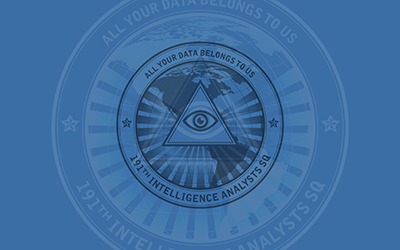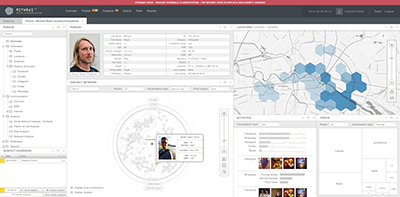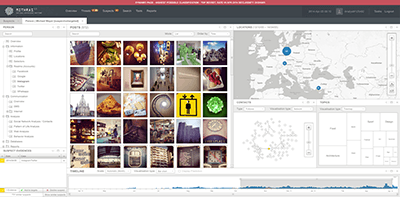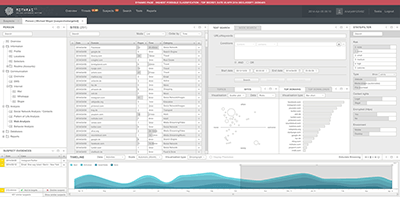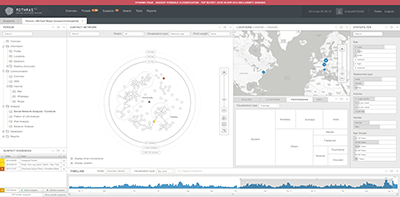they-know.org
Interaction design bachelor thesis about a fictional surveillance interface to inform about mass surveillance.
Website-
Type
Bachelor Thesis
-
Supervision by
Professor Boris Müller and Professor Dr. Marian Dörk
Intro
In 2013 when Snowden leaked information about mass surveillance, I worked for the German online newspaper ZEIT ONLINE. I could see in my daily work how difficult it was to inform people about their privacy issues. Nobody seemed to care. I wondered why and used the subject as my bachelor thesis. I started with a hypothesis: "We are not able to understand the full impact of mass surveillance because we don't have images of how mass surveillance could look like“. With this in mind, I set my goal to raise awareness by designing a fictional monitoring software and its possible consequences. The main aim was to visualize how the surveillance agencies work and how easy a normal citizen with his or her personal data can come into focus of government agencies.
Design Process
-

Edward Snowden's Leak
The project started with the leaked surveillance information by Edward Snowden and the feeling that a few people in Germany understood the impact.
-
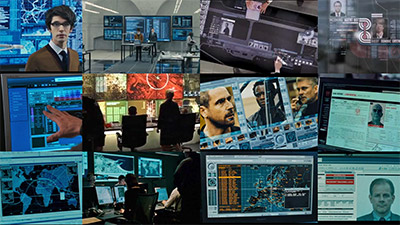
Research of Fictional Surveillance Interfaces
In the beginning, I watched spy movies to find out if there exist images in films and how they look. It was kind of a dead end.
-

Theoretical Background
The fact that I couldn't find suitable images in films led me to a more theoretical approach to understand how important these images are. I found a book called "Discipline and Punish", written by the French philosopher Foucault. This book gave me a perfect starting point for the importance of images as well as how to deal with the surveillance and its hidden nature.
-
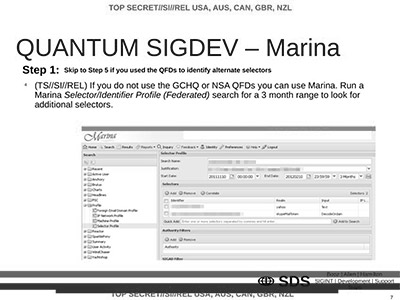
Domain Research
I collected the leaked information from major news outlets like the Guardian or the Washington Post to get deeper into the subject. The information was overwhelming.
-
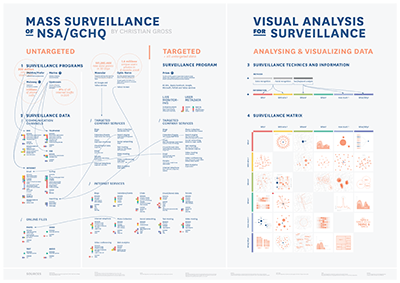
Information Design
I decided to design an information graphic to understand the structure and methods of mass surveillance. The resulting infographic gave me the chance to show how the collected data can be formed into information. It was the first puzzle piece to bring more awareness about that subject.
-
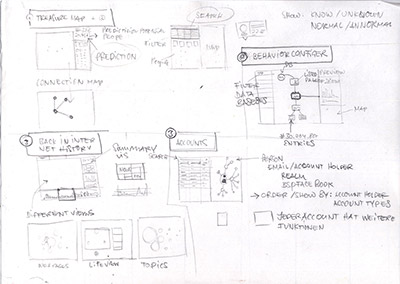
Brainstorming
During the design phase I started with brainstorming sessions about user needs and the kind of data I would like to show. I did researches on visual analysis and how existing surveillance products work and look like.
-

Wireframes
I used the wireframes to discuss my ideas with my supervisors. They came up with the idea to do a short movie to communicate the problem of mass surveillance in an easier way. This new medium forced me to think about what I really wanted to communicate, instead of making a real surveillance software.
-
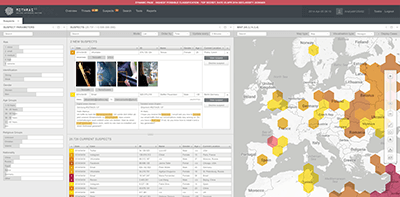
Mockups
The final software concept is a mixture of helping to raise awareness as well as showing of what the government agencies are capable.
-
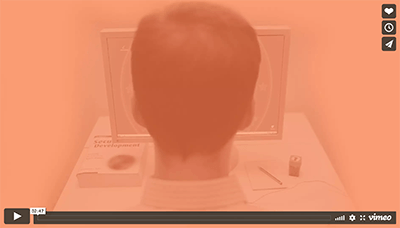
Movie
I produced the movie with the help of my friends in a short amount of time. The movie helps illustrate the problem of mass surveillance.
-
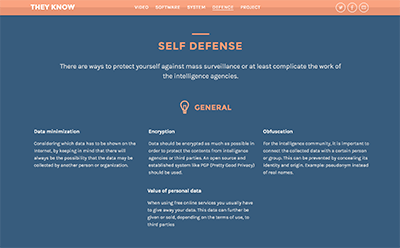
Website
At the end, I created the website that should be more than a project documentation or archive. The website gives additional information to the subject and provides information on self-defense against the state-driven mass surveillance.
Design Details
-
Information Graphic

The information graphic informs about the two types of mass surveillance. Untargeted mass surveillance affects every single person and represents the biggest part of government surveillance. Targeted mass surveillance collects data from criminals, terrorists and even politicians (of other countries). Besides the surveillance types, the reader can see how the data gets analyzed as well as visualized and predict behaviors.
-
Software
Learnings
As a private person, I learned to think about what data I want to share. I accepted the fact, that every data I put online could be possibly available for anybody. I started to reduce the usage of different online applications like Foursquare or Instagram. I also tried to find alternatives for different online services like email or cloud storage. As a designer, I learned that I’m responsible for my clients and their costumers. We have to think about what client data we really need and how we use and store it. As a information designer, I learned that big data is maybe the spice of the 21st century, but the important task is to ask the right questions. Any data can be misused and we should find the right ethical approaches to deal with that. It is not about the charts we produce, it is about their meaning and the actions others come up with through them.
Awards
2016 — German Design Award (Finalist Newcomer)
2015 — Longlist - Information is Beautiful Awards
2014 — The Best Bachelor Thesis of FH Potsdam
